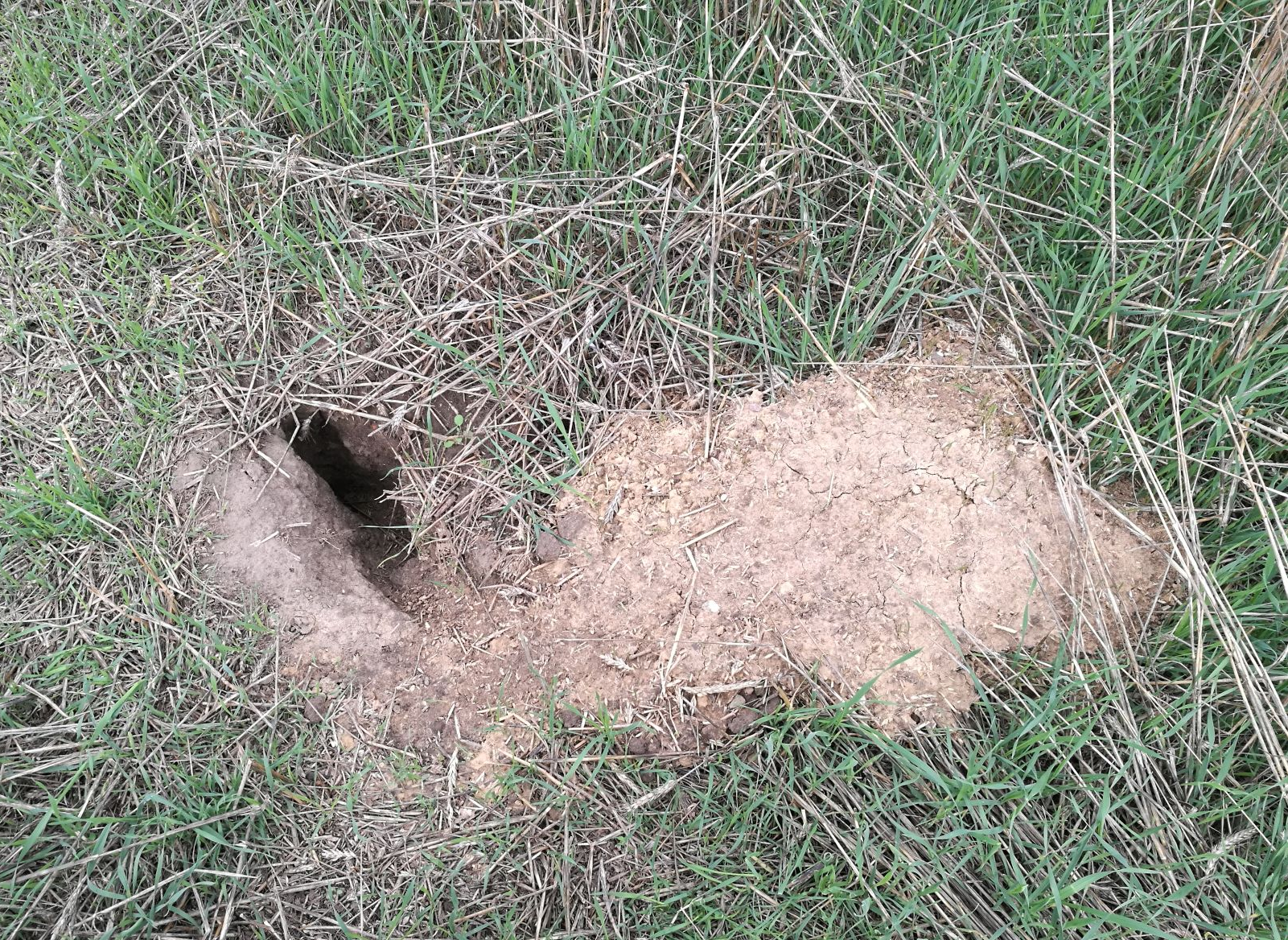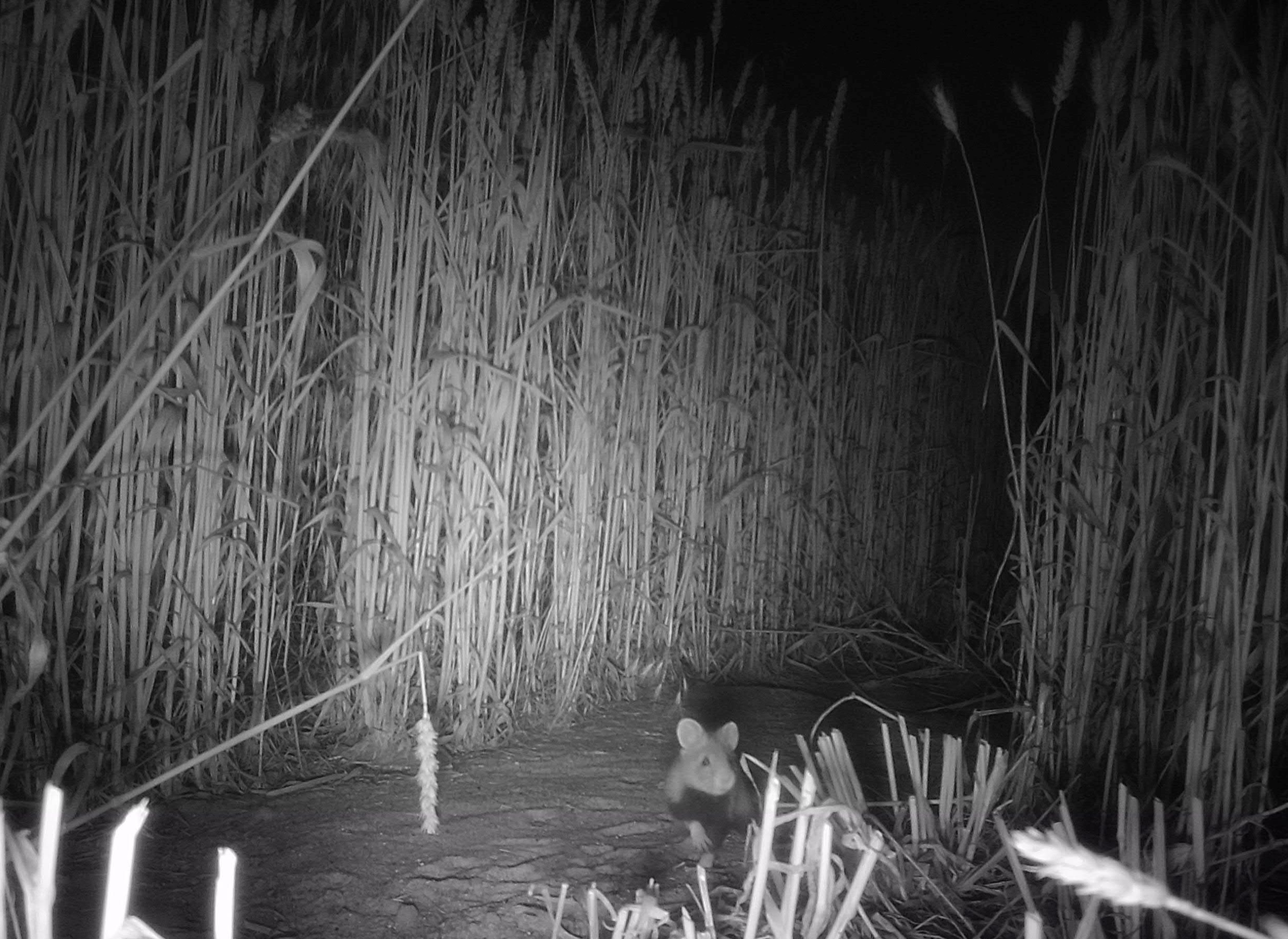Derivation of common hamster protection measures on different spatial scales using new remote sensing technologies.


The common hamster (Cricetus cricetus) is threatened by extinction. Its decline in numbers is mainly driven by agricultural intensification as well as habitat loss and fragmentation. Saxony-Anhalt contains the largest distribution area of the common hamster in Germany. However, local and landscape scale effects on the common hamster in simple agricultural landscapes, such as those found in Saxony-Anhalt, have rarely been studied yet. Furthermore, it is time and personnel consuming to find new and observe known common hamster occurrences as their burrows have to be mapped. Therefore, it is necessary to develop new and more efficient data collecting methods.
In the project “Derivation of common hamster protection measures on different spatial scales using new remote sensing technologies” funded by the MWU of the state of Saxony-Anhalt, it is investigated if common hamster burrows can be clearly detected with thermal data and other remote sensing indices with the help of imaging remote sensing methods (here: gyrocopter and satellite pictures). The research was done in four different areas. Additionally, local and landscape parameters that could impact the occurrence and density of the common hamster were identified and analyzed. Localparameters within an area of arable land were e.g. vegetation cover and small mammal density (mainly common voles). At the landscape level, parameters that describe the landscape composition and configuration which could impact the occurrence of the hamster were researched. For that purpose, the landscape within a radius of 500 m around the experimental plots is mapped and classified using aerial photographs. With the results, common hamster protection measures are supposed to be derived.
Project duration: 08/2022 bis 10/2023
Project leader: Prof. Dr. Christina Fischer
Project team: Prof. Dr. Marion Pause, Prof. Dr. Lutz Bannher, Pia Stein, Kristin Schmalfuß
Funded by: Ministerium für Wissenschaft, Energie, Klimaschutz und Umwelt des Landes Sachsen-Anhalt (Project number: U05/2022)



